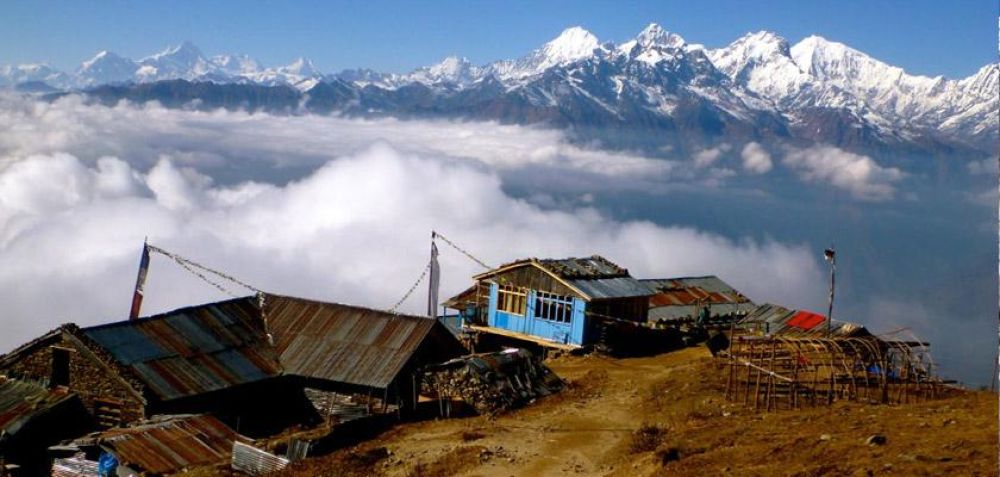

Tucked away in the Himalayas of Nepal, Lauribina Pass in Helambu is a region known for its serene landscapes, rich culture, and spiritual significance. The history of tourism in this region can be traced back to the mid-20th century when Nepal first opened its doors to foreign trekkers and mountaineers. With the advent of commercial trekking in the 1960s, regions such as the Everest and Annapurna became popular among adventurers, laying the foundation for structured tourism in Nepal.
However, it wasn't until later years that the Helambu region, encompassing the hallowed Lauribina Pass, gained recognition. Initially overshadowed by more renowned trekking destinations, Helambu's blend of natural beauty and cultural richness started to attract trekkers seeking a quieter, less-trodden path.
Lauribina Pass itself, at an elevation of approximately 4,610 meters, serves as an important crossing point on the Gosaikunda Trek; it is also part of the sacred Gosainkunda Lake pilgrimage, where thousands of Hindu and Buddhist pilgrims venture annually to worship and bathe in the holy lakes.
The 1990s marked a period where smaller regions like Helambu began to enter Nepal’s wider tourism narrative. The establishment of the Langtang National Park in 1976, which includes parts of Helambu, undoubtedly contributed to increasing awareness and interest among domestic and international tourists alike.
Moving into the 21st century, Helambu and Lauribina Pass experienced a surge in popularity due to the growth of sustainable and community-based tourism. Trekkers are not only seeking the thrill of the Himalayas but are also looking to enrich themselves culturally by interacting closely with the local communities, such as the Hyolmo people, who are native to this area.
The devastating earthquakes of 2015 were a significant setback for tourism in Helambu, as they caused widespread destruction to the region’s infrastructure. However, the resilience of the local communities and subsequent reconstruction efforts have led to a remarkable recovery. Trails have been rebuilt, and tea houses and lodges have been restored, once again making Helambu and Lauribina Pass accessible and welcoming to trekkers.
In recent years, the latest tourism trend in Lauribina Pass and Helambu has leaned towards eco-tourism and responsible travel. Efforts to minimize the environmental footprint and to support the local economies are emphasized. Today, trekkers to Lauribina Pass can enjoy well-maintained trails, comfortable accommodation, and the legendary Nepalese hospitality, all the while knowing that their presence supports sustainable tourism development in the region.
To conclude, the tourism history of Lauribina Pass in Helambu is a testament to the enduring allure of the Himalayas and the spirit of the Nepali people. As Nepal continues to expand its tourism offerings, places like Lauribina Pass remind us that adventure can indeed go hand in hand with cultural immersion and environmental stewardship.